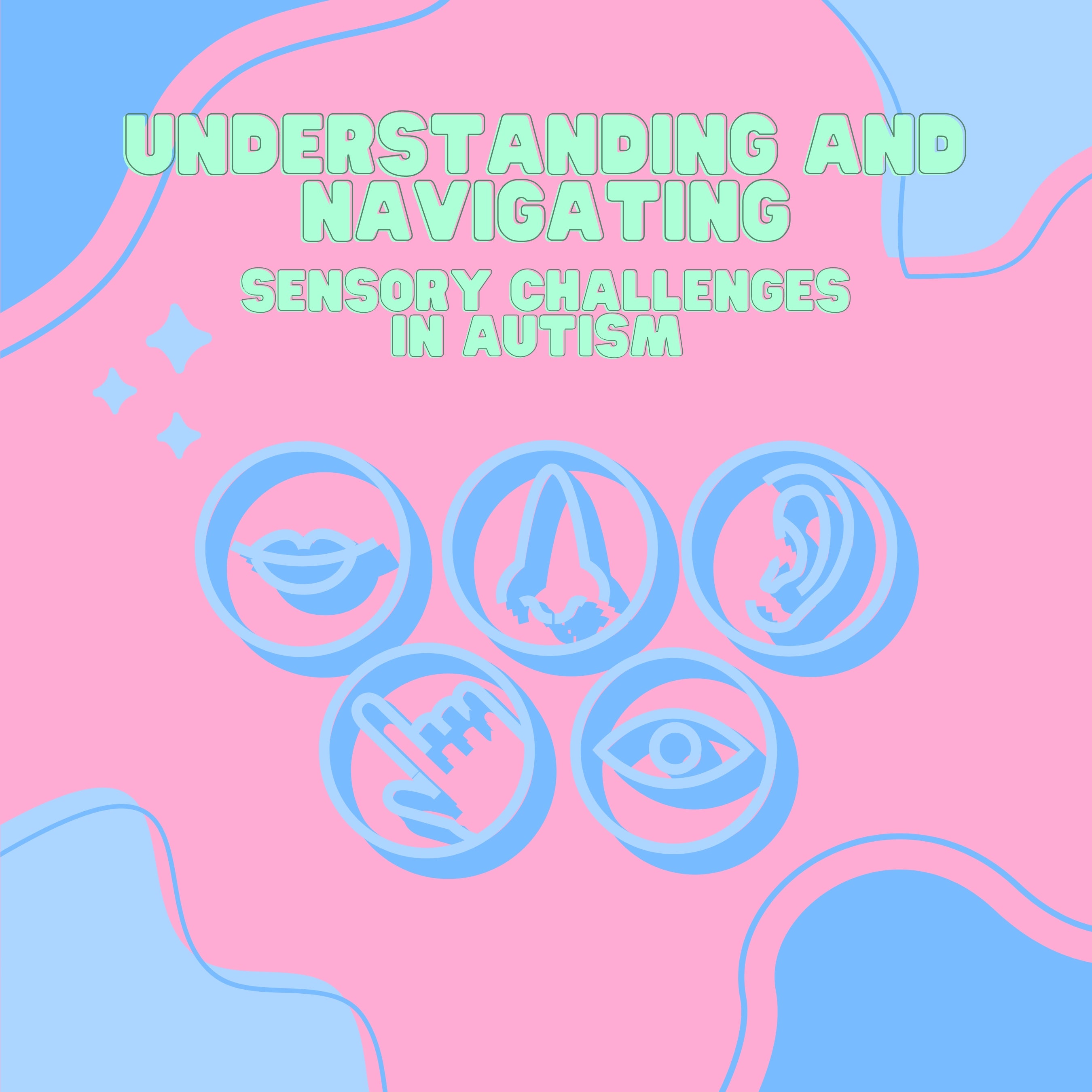Autism embodies a distinct, neurological variation that impacts the way one experiences the world. One of the most profound aspects of this experience can be sensory sensitivity or a typical sensory responses. Today, we'll dive into understanding these sensory challenges in autism and explore strategies for navigating sensory-rich environments.
Unraveling Sensory Experiences in Autism
Neurodiversity recognizes that each brain is wired differently, with autistic individuals often having a heightened or decreased sensitivity to sensory stimuli. This divergence can affect all senses: sight, hearing, touch, smell, taste, and also proprioception—the sense of body awareness—and vestibular senses, which involve balance and spatial orientation.
What seems like a regular sensory experience to neurotypicals may be perceived differently by an autistic individual. For example, the hum of an air conditioner might be background noise for some, but for an autistic person, it could feel like a roaring train, while others might not notice it at all.
Coping with Sensory Overload
When sensory inputs become too intense, they can lead to sensory overload—a state where the person feels overwhelmed by the stimuli around them. This can be seen as anxiety, discomfort, pain, or the need to leave the area. Here are a few strategies to help manage sensory overload:
1. Sensory Tools
Fidget toys, noise-cancelling headphones, or weighted blankets can provide a sense of calm and focus in overwhelming situations. Remember, each autistic person is unique, so what works for one person might not work for another.
2. Creating Sensory-Friendly Environments
Having a quiet, calming space where you can retreat when sensory stimuli get too intense can be beneficial. You might consider soft lighting, soothing colors, or white noise machines to create a sensory-friendly atmosphere. Make it as comfortable as you can to be a safe space when you need to get away and calm down.
3. Mindfulness Practices
Techniques such as deep breathing, visualization, or grounding exercises can help to manage sensory overload. These methods can bring the focus back to the body, helping to calm the mind and regain control.
Seeking Sensory Balance
Sensory-seeking behaviors, like spinning or hand-flapping, can help autistic individuals regulate their sensory input and maintain balance. Understanding these behaviors as self-regulating mechanisms or stims can significantly improve an autistic person's comfort and sense of self.
Advocacy and Communication
Autistic individuals must advocate for their sensory needs in various contexts, such as school, work, or social gatherings. Clear communication about sensory sensitivities is essential. If verbal communication is a challenge, using visual aids, written communication, or assistive technology can be effective alternatives.
Conclusion
Embracing neurodiversity means recognizing and respecting the sensory experiences of autistic individuals. By understanding and supporting their sensory needs, we are not just fostering a more inclusive environment but also allowing them to express their unique perspective of the world in its fullest sense. Always remember that the aim is not to 'fix' but to 'accommodate' and 'embrace' their differences because that's what makes our world a rich tapestry of experiences and perspectives.


